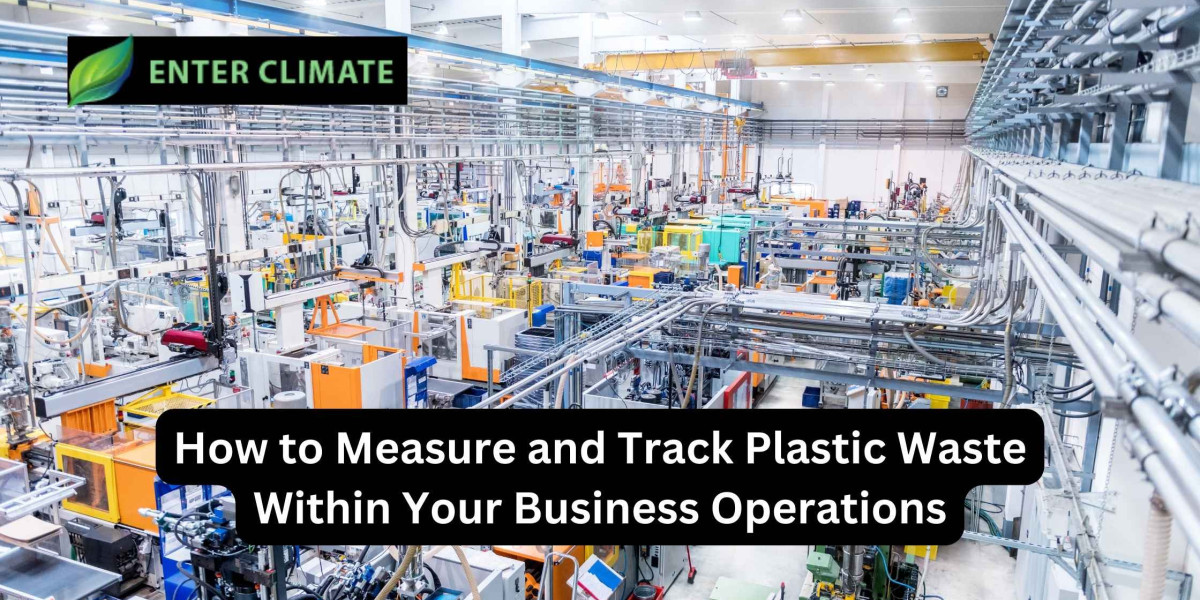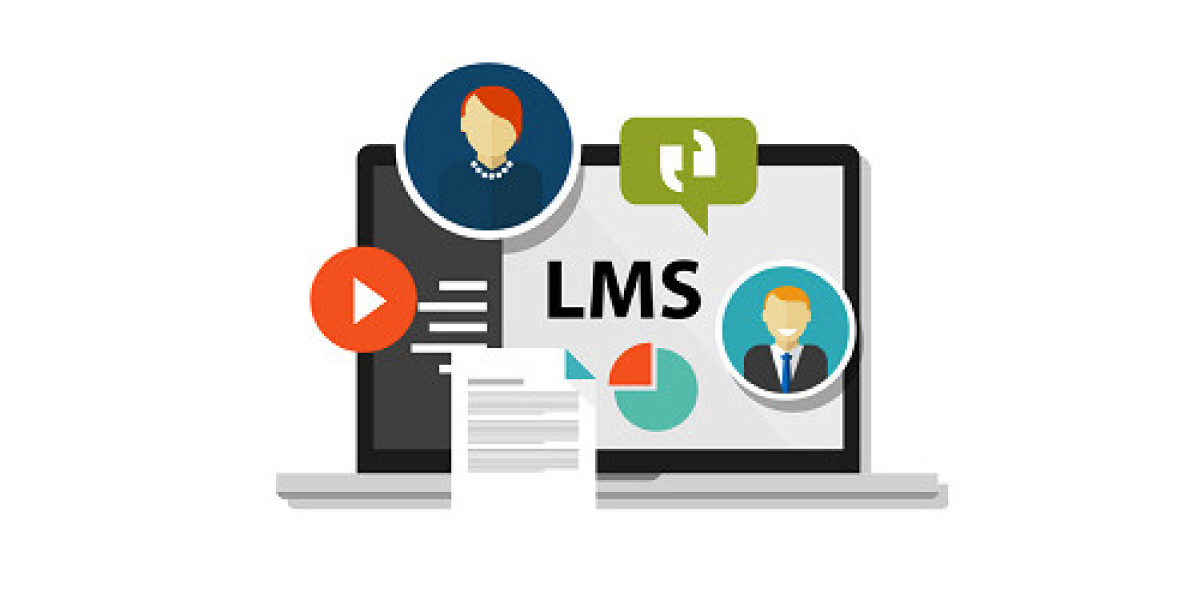Introduction
Plastic waste is one of the biggest environmental challenges businesses face today. As more companies are becoming aware of the impact they have on the planet, taking action to reduce plastic waste is no longer a choice but a responsibility. One of the most effective ways businesses can tackle this issue is by measuring and tracking plastic waste within their operations.
Measuring and tracking plastic waste allows businesses to understand where their waste is coming from, identify areas for improvement, and make informed decisions about reducing their environmental footprint. In this blog, we’ll explore the best practices and tools for measuring and tracking plastic waste, how it can help improve plastic waste management, and the benefits of adopting such practices in your business operations.
Why Tracking Plastic Waste is Important
Before we dive into the "how," it's important to understand why tracking plastic waste is so crucial for businesses. Here are a few key reasons:
Identify Problem Areas: By tracking your plastic waste, you can identify which processes or products are generating the most waste. This helps you pinpoint areas where improvements can be made.
Set Realistic Goals: Tracking plastic waste is essential to set specific, measurable, and achievable goals for waste reduction. Without data, it’s hard to know where to focus your efforts.
Improve Sustainability: By measuring and tracking plastic waste, businesses can better understand their environmental impact. This enables them to implement strategies to reduce their carbon footprint and contribute to a more sustainable future.
Compliance and Reporting: Many companies are now required to comply with environmental regulations and sustainability standards. Tracking plastic waste ensures that your business stays compliant with laws, and also provides the data needed for reporting purposes.
Enhance Brand Image: Consumers today are more environmentally conscious than ever. A business that tracks and reduces plastic waste can gain a reputation for being responsible and eco-friendly, which can improve brand loyalty and attract more customers.
How to Measure and Track Plastic Waste
Measuring and tracking plastic waste may seem like a daunting task, but with the right steps and tools, it can be done effectively. Below, we’ll outline a practical guide on how businesses can measure and track plastic waste in their operations.
1. Conduct a Plastic Waste Audit
A plastic waste audit is the first step in measuring and tracking your business’s plastic waste. During this audit, you will identify and analyze all the plastic materials your business uses and disposes of.
Steps for a Plastic Waste Audit:
- Inventory all plastic items: Make a list of all plastic items used in your business. This can include packaging, straws, bags, bottles, utensils, and more.
- Categorize the plastic: Group the plastic items based on their type, such as packaging, foodservice items, and cleaning supplies.
- Track the quantity: Keep track of how much plastic waste is generated. This can be done by weighing the plastic waste or counting the number of items used.
- Evaluate disposal practices: Note how plastic waste is disposed of—whether it’s recycled, sent to landfills, or incinerated.
Benefits of a Plastic Waste Audit:
- It helps you understand the volume and types of plastic waste being generated.
- Provides insights into where you can reduce or replace plastic items.
- Helps prioritize areas for improvement in plastic waste management.
2. Set Clear and Achievable Goals
Once you’ve conducted a plastic waste audit, you’ll have a clearer idea of where plastic waste is coming from in your business. The next step is to set realistic goals to reduce that waste.
Example Goals Could Include:
- Reducing plastic packaging by 20% over the next year.
- Switching to biodegradable alternatives for certain products or services.
- Introducing reusable options for employees and customers.
Be sure to make these goals measurable, achievable, and time-bound, and track progress regularly to ensure your business is on the right path.
3. Implement Plastic Waste Reduction Strategies
Now that you’ve identified where plastic waste is coming from and set goals, it’s time to implement strategies to reduce plastic usage. Some effective strategies include:
- Switch to Eco-Friendly Alternatives: Replace plastic packaging, straws, and utensils with biodegradable, compostable, or reusable alternatives.
- Encourage Recycling: Make sure your business has proper recycling bins, and educate employees and customers about what can be recycled.
- Opt for Bulk Purchases: Buying products in bulk can reduce the need for single-use plastic packaging.
- Offer Reusable Options: Encourage employees and customers to use reusable bags, water bottles, or coffee cups by offering incentives or discounts.
- Reduce Over-packaging: Work with suppliers to reduce the amount of plastic packaging used in the products you purchase.
4. Utilize Technology to Track Plastic Waste
In today’s digital age, there are numerous tools and software available that can help businesses track plastic waste more effectively. These tools can provide real-time data, making it easier to monitor waste reduction progress and make necessary adjustments.
Some common technologies and tools used for tracking waste include:
- Waste Management Software: These platforms can track your waste by weight or volume, and can help you analyze trends in your plastic waste generation over time.
- Inventory Management Systems: These systems can track the use of plastic products in your business and help reduce unnecessary waste.
- IoT-enabled Devices: Some businesses use smart waste bins equipped with sensors to measure the amount of waste being disposed of in real-time.
Using these tools allows businesses to track plastic waste in real time, monitor trends, and identify opportunities for improvement.
5. Educate and Involve Employees
Tracking plastic waste isn’t just the responsibility of one person in your company; it’s a team effort. Involving your employees in plastic waste management efforts is crucial. Educate them on the importance of reducing plastic waste and encourage them to participate in your sustainability goals.
Consider:
- Offering training sessions on plastic waste management and recycling.
- Creating incentives for employees who contribute to reducing plastic waste, such as rewards for innovative eco-friendly solutions.
- Developing a company-wide sustainability program to promote ongoing participation in plastic waste reduction.
6. Review and Adjust Your Strategy Regularly
Plastic waste management is an ongoing process. Once you’ve implemented strategies and are tracking your progress, it’s important to review your data regularly to see if your efforts are making a difference.
You may need to adjust your strategies depending on the results you see. For example, if you notice that plastic waste is still high in certain areas of your business, you may need to explore new alternatives or take more aggressive action.
Benefits of Tracking and Measuring Plastic Waste
Tracking and measuring plastic waste within your business operations comes with a variety of benefits:
- Improved Sustainability: Reducing plastic waste directly contributes to a more sustainable business model, which can help lower your carbon footprint.
- Cost Savings: By reducing plastic waste, you can also reduce the costs associated with buying plastic products and waste disposal.
- Compliance with Regulations: Many businesses must meet environmental regulations or sustainability standards. Tracking plastic waste helps ensure compliance and makes reporting easier.
- Stronger Brand Reputation: Consumers today care about sustainability. By demonstrating that you track and reduce plastic waste, you can build trust and loyalty with eco-conscious customers.
Conclusion
Measuring and tracking plastic waste in your business is a crucial step toward reducing your environmental impact and improving your plastic waste management efforts. By conducting a plastic waste audit, setting clear goals, implementing waste reduction strategies, and utilizing technology, you can effectively track and reduce plastic waste within your operations. Not only will this help protect the environment, but it will also improve your brand image and lead to cost savings.
Taking the first step toward tracking your plastic waste may feel like a challenge, but the rewards for your business and the planet are well worth it. Start today, and you’ll soon see the positive changes that come from making sustainability a priority.
Frequently Asked Questions (FAQs)
1. How do I start tracking plastic waste in my business?
The first step is to conduct a plastic waste audit to assess the types and amounts of plastic your business uses. From there, you can set realistic reduction goals and implement strategies such as switching to eco-friendly alternatives, promoting recycling, and using waste management tools.
2. What are the best tools for tracking plastic waste in business operations?
Some effective tools include waste management software, inventory management systems, and IoT-enabled waste bins. These tools can help you monitor waste levels, track trends over time, and make adjustments as needed.
3. How can my business reduce plastic waste?
You can reduce plastic waste by switching to reusable, biodegradable, or compostable alternatives, minimizing packaging, encouraging recycling, and purchasing in bulk. Engaging employees and setting clear sustainability goals can also help drive change.







